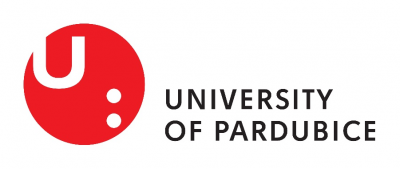Organic Photoredox Catalyst
Technology description
| The name of the technology: | Organic Photoredox Catalyst |
|---|---|
| Challenge: |
Visible light photoredox catalysis has gained prominence orchestrating challenging chemical transformations under mild reaction conditions. Iridium and ruthenium complexes belong to a prominent group of organometallic photoredox catalysts (PCs) that were employed in light controllable radical polymerization, decarboxylative arylation or acylation, and fluoroalkylation of organic compounds. The rapid establishment of these metal complexes as practical PCs leveraged their well studied photophysical and photoredox properties, which in turn have enabled their incorporation in a range of applications. However, iridium and ruthenium are precious metals and amongst the rarest elements on earth, escalating their costs and presenting concerns related to sustainability and scalability, driving the need to realise new PCs incorporating non-precious metals or to develop entirely organic replacements. |
| Description: |
The present invention relates to a new straightforward synthetic route to pyrazine-2,3-dicarbonitrile (DCP) derivatives bearing 5-alkoxythiophen-2-yl substituents attached at positions 5 and 6, and their utilisation as catalysts in photoredox reactions. Despite simple in structure, the DCP derivative possesses properties well-tailored towards photoredox catalysis. Namely, its absorption maxima almost perfectly overlap the white/blue LED emission maxima, a common light source used in photoredox catalysis. With the oxidation/reduction potentials of its excited state within the range of -1.17 to 1.42 V, the DCP catalysts is capable to oxidize/reduce variety of organic substrates. |
| Commercial opportunity: |
The new synthetic route for the organic PC, yielding high amounts of the PC using less expensive, less toxic, more available, and highly stable reactants. Higly efficient and readily available purely organic PC with manifold possible applications and reasonable price. |
| IP protection status: | PCT application was filed in April 2018. |
| Development status: |
Phase 3Corresponds with TRL 5 and TRL 6 Technology validation and implementing it in real environment. Testing the technology outside of the laboratory and its adjustment to external conditions.
|
| Partnering strategy: | Collaboration licensing |
| More information: | |
| Images: | No picture inserted |
| Categories: | Theoretical and Applied Physics & Chemistry |
| Owner of a technology: | Univerzita Pardubice |
